The realm of ultrafast science has entered an era of unprecedented precision with the advent of attosecond pulse technology. These pulses, lasting mere billionths of a billionth of a second, have opened a window into the previously invisible world of electron dynamics. Scientists now wield a tool capable of capturing the most fleeting moments in atomic and molecular systems—a veritable high-speed camera for the quantum realm.
Attosecond pulses are generated through a process known as high-harmonic generation (HHG), where intense laser fields interact with noble gases to produce bursts of light at frequencies that are multiples of the driving laser. The resulting pulses are so brief that they can freeze the motion of electrons in their tracks, allowing researchers to observe phenomena like ionization and electron tunneling in real time. This breakthrough has transformed our understanding of fundamental processes that underpin chemistry, physics, and materials science.
The implications of attosecond science extend far beyond academic curiosity. In the field of quantum computing, for instance, understanding electron behavior at this timescale could lead to more efficient qubit designs. Similarly, in photochemistry, attosecond pulses enable the study of how light initiates chemical reactions at the electronic level—knowledge that could revolutionize solar energy capture and storage technologies.
One of the most striking applications of attosecond pulses lies in probing electron correlation effects. In multi-electron systems, the behavior of one electron influences others in ways that were impossible to observe directly before attosecond technology. By timing these interactions with attosecond precision, researchers can unravel complex quantum mechanical phenomena that govern molecular bonding and material properties.
The development of attosecond light sources hasn't been without challenges. Creating stable, reproducible pulses requires exquisite control over laser parameters and vacuum conditions. Moreover, detecting the incredibly fast processes triggered by these pulses demands equally sophisticated instrumentation. Yet, as facilities worldwide continue to refine their attosecond beamlines, the technology is becoming more accessible to researchers across disciplines.
Recent experiments have demonstrated the power of attosecond spectroscopy to settle long-standing debates in physics. For example, measurements of the photoemission time delay between different electron orbitals have provided concrete data on a phenomenon that was previously only theoretical. Such findings are reshaping textbooks and challenging our most fundamental assumptions about how electrons behave in atoms.
Looking ahead, the next frontier for attosecond science involves pushing the duration of these pulses even shorter—into the zeptosecond regime (10^-21 seconds). This would allow scientists to probe processes within the atomic nucleus itself, potentially unlocking secrets of nuclear physics and opening new avenues for energy research. The race to achieve this milestone is already underway at leading laboratories across the globe.
As attosecond technology matures, its industrial applications are beginning to emerge. Semiconductor companies are exploring how attosecond measurements could characterize electronic processes in ever-smaller transistors. Pharmaceutical researchers envision using these techniques to study electron dynamics in complex biological molecules. The full scope of attosecond science's impact may take decades to realize, but its potential to transform multiple fields is already evident.
The story of attosecond pulses represents more than just a technical achievement—it's a fundamental shift in how we observe and understand the building blocks of our universe. By providing a direct view of electron motion, this technology has given scientists what amounts to a time machine for the quantum world. As the technology continues to evolve, we stand on the threshold of discoveries that could reshape technology and our comprehension of nature at its most fundamental level.
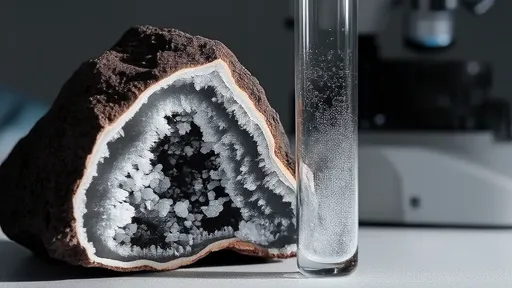
By /Jul 18, 2025

By /Jul 18, 2025

By /Jul 18, 2025

By /Jul 18, 2025

By /Jul 18, 2025
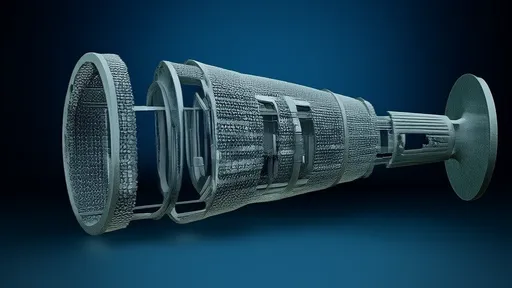
By /Jul 18, 2025
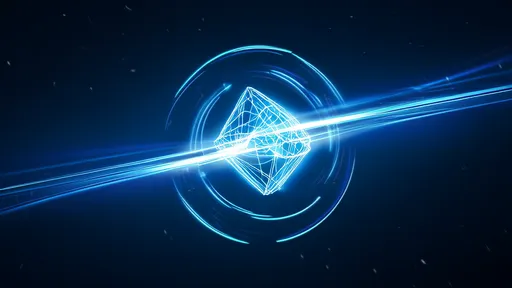
By /Jul 18, 2025

By /Jul 18, 2025

By /Jul 18, 2025

By /Jul 18, 2025

By /Jul 18, 2025
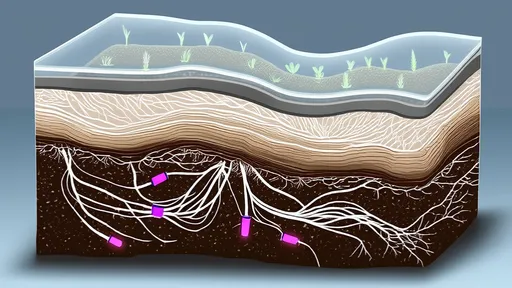
By /Jul 18, 2025

By /Jul 18, 2025

By /Jul 18, 2025

By /Jul 18, 2025

By /Jul 18, 2025

By /Jul 18, 2025
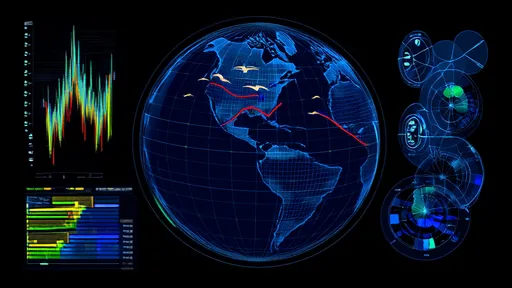
By /Jul 18, 2025